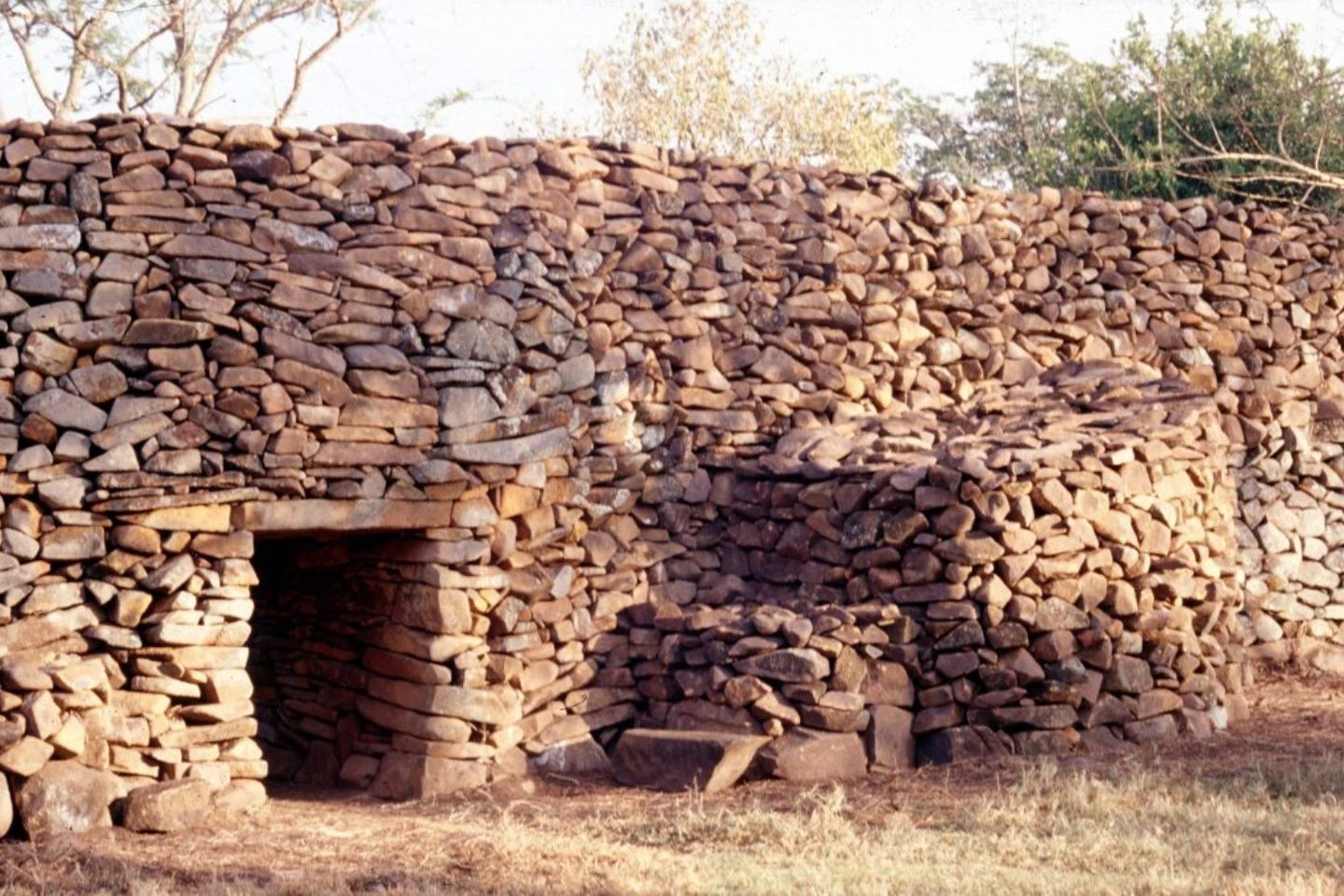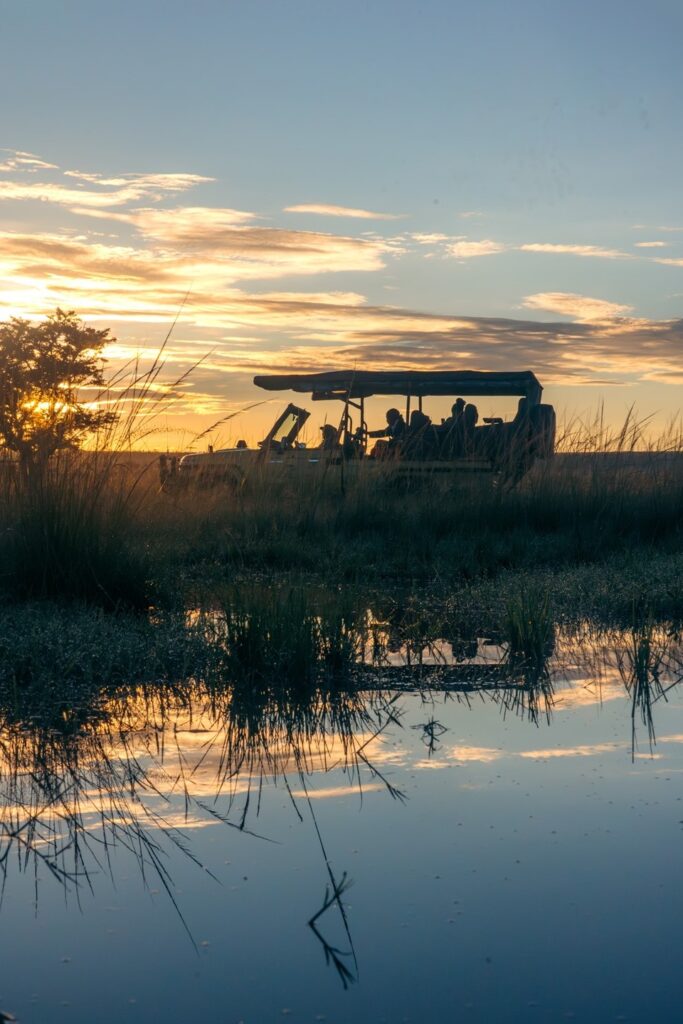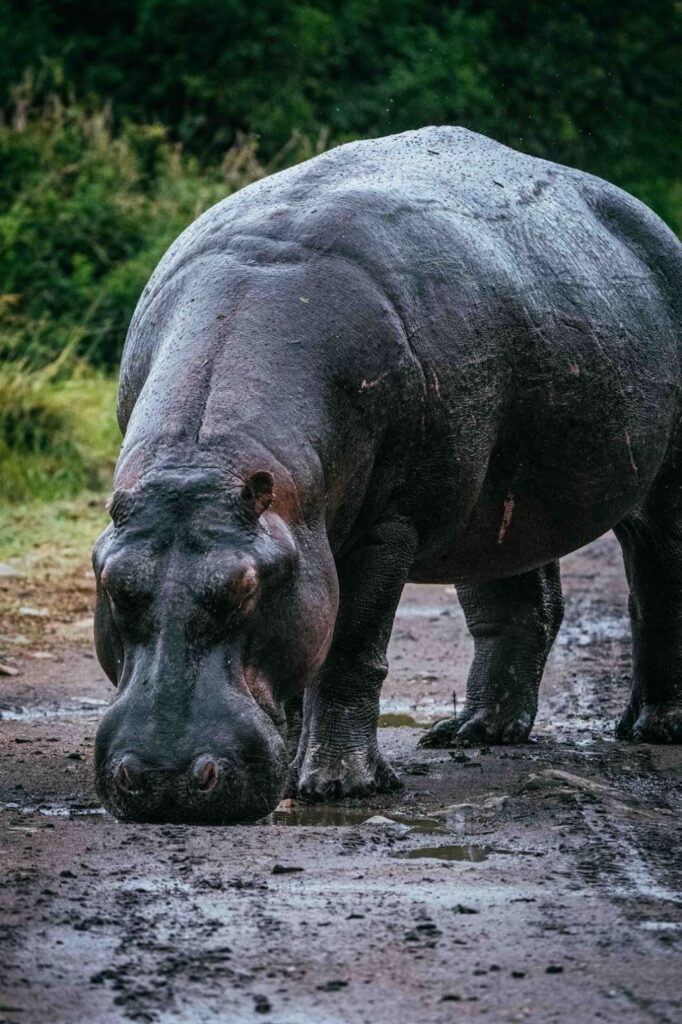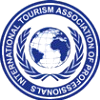
9 Facts to Know Before Travelling to Lubumbashi
9 Facts to Know Before Travelling to Lubumbashi – Formerly known as Élisabethville (French) and Elisabethstad (Dutch), it was founded by the Belgians in 1910 with the initial aim of developing a mining operation, the fetish colonial town was named in homage to the wife of King Albert.
Lubumbashi is situated in the southeastern part of Democratic Republic of the Congo. It is the second-largest city in the country after Kinshasa, which serves as the capital city. Lubumbashi is the mining capital of the Democratic Republic of the Congo, and is a hub for many of the country’s biggest mining companies. For the administration purpose, the copper-mining city serves as the capital of the prosperous Katanga Province and is near the border with Zambia.
With an estimated are of 747km², Lubumbashi, also the capital of Haut-Katanga has a charming history that is strongly linked to the European. The city is built on a site called Kalukuluku. This was named after a master copper smelter who produced crucibles there; Lubumbashi is the name of the river that flows through the city.
Historically, Lubumbashi has its dark past too. At independence, the town was plagued by unrest, before becoming the capital of the short-lived autonomous state of Katanga (1960-1963) led by Moïse Tshombe. It was at the entrance to the city that the deposed Prime Minister Patrice Emery Lumumba was assassinated on January 17, 1961. When Mobutu came to power in 1965, the town was renamed Lubumbashi, at the same time as Katanga became Shaba (“copper” in Swahili). Indeed, the town remains intimately linked to this precious mining resource, exploited from the outset at the Mine de l’Etoile.
After difficulties, mining activity has picked up again in the last fifteen years and Lubumbashi is once again enjoying its former glory. The charming rolling savannas that teemed with all the Big 5 animals in the mid-eighties, is a now cosmopolitan city where many nationalities live side by side in harmony owing to a good presence of the numerous expatriates who are in the mining and other sectors. Lubumbashi currently has a population of almost 2 million, making it the or largest city in the country, according to some estimates.L’shi, or Lubum to its friends, is divided into seven communes, six of which are urban (Lubumbashi, Kamalondo, Kenya, Katuba, Kampemba and Ruashi) and one urban-rural, known as the “annex commune”
Lubumbashi and Other DR Congo Cities
Compared to other cities in DR Congo, Lubumbashi is relatively clean and modern Boasting to have some of the widest streets in Africa with a much relaxed pace of life unlike in other parts of DR Congo. Lubumbashi, with extensive infrastructure and numerous ongoing construction projects is a gem to be appreciated.
Lubumbashi is an intellectual city thanks to the University of Lubumbashi (UNILU), that served as a political hotbed that managed to stage some student protests that turned bloody during the Mobutu Sese Seko era) and to date, Lubumbashi remains a city of various higher institutes in its territory.
Lubumbashi city and its surroundings offer a wealth of opportunities for to indulge into the beautiful miombo woodland and the savanna grassland settings. Its expansive metropolis boasts numerous leisure, educative and entertainment venues that range from accommodation, fitness, museums, a zoo and nature parks, numerous lakes and rivers and the notably affluent golf district that is located along Lake Tshombe (Lake Kipopo). To guests and the residents equally, Lushi or Lubum as it’s fondly knowns, is a city whose developmental milestones are sure commitment to peace and tranquility.
In Lubumbashi, French is the officially spoken language in the city alongside Kiswahili with a Congolese accent. Apart of Kiswahili and a plethora of local dialects, English is reasonably spoken in most of the business and residential districts that are highly dominated by the expatriates.
- Where Is Lubumbashi?
Latitude and longitude coordinates are: -11.666667, 27.483334. Lubumbashi is a large city situated in the southeastern area of the DR Congo, in the province of Haut-Katanga. With the population close to 1.8 million people, the city is the second largest in the country after the capital city. Historically a mining area, it is considered to be one of the most advanced and developed regions of the country.
- Why Visit Lubumbashi:
Set on an off-the-beaten-track, Lubumbashi is welcoming and is full of adventure, ecotourism and culture. This vibrant city is known for its rich mining history, vibrant nightlife, and stunning rolling savanna landscapes.
Apart from the city excursions, ne of the must-visit attractions in Lubumbashi is the National Museum of Lubumbashi, which displays the region’s history and culture. You can also visit the nearby Ruashi Mine to learn about the city’s mining industry and see the impressive machinery used to extract copper and cobalt.
For those who enjoy the activities further afield, a visit to the Kundelungu National Park is highly recommended. This park is home to a diverse range of wildlife, including elephants, lions, and hippos. A hike to the top of Mount Kundelungu for breathtaking views of the park and the surrounding landscape is worth the climb.
For the cultural curiosity, a taste of the local culture, when you visit the Lubumbashi Market is a sure way to indulge in the Congolese culture. Here, you can find everything from fresh produce to handmade crafts and souvenirs. You can also sample the local cuisine, which is a fusion of African, European, and Indian flavors.
As the sun sets, head to one of Lubumbashi’s many bars and nightclubs to experience the city’s vibrant nightlife. From live rumba music to dancing, Lubumbashi offers something for everyone.
- Getting to Lubumbashi
You can get to Lubumbashi, DRC by plane or by road.
By Air: Lubumbashi International Airport (FBM) is the main airport in Lubumbashi. Internationally, Lubumbashi International Airport (FBM) is served by several airlines such as Brussels Airlines, Kenya Airways, Ethiopian Airlines, Fly Air Link, FlyCAA and Air Tanzania to Lubumbashi from various cities around the world.
By road: If you are traveling within the country, there are several buses and taxis that run between Lubumbashi and other major cities. However, the roads in DRC are not always well maintained and can be difficult to tackle. We strongly advise that you be cautious if you choose to travel by road.
Additionally, it is important to have all the necessary travel documents, such as a valid passport and visa, if required. It is always a good idea to check with the local embassy or consulate for any travel restrictions or requirements before planning your DR Congo road trip. We can help you to hire a car if there is need to do so.
- Best Time to Visit Lubumbashi
Lubumbashi has a tropical savanna climate with two distinct rainy and dry seasons. The best time to visit Lubumbashi is during the dry season, which occurs from May to September, as it is less rainy and temperatures are more comfortable. However, it is important to note that Lubumbashi is a tropical climate and temperatures remain high year-round, so be prepared for hot weather. Additionally, it is recommended to avoid travel during the rainy season, which occurs from October to April, as heavy rains can cause transportation disruptions and other challenges.
- What to Know Before Travelling to Lubumbashi
There are a few important things to take note of when traveling to Lubumbashi:
A Visa is required to visit and enter Lubumbashi in the Democratic Republic of Congo.
Visitors to the Democratic Republic of the Congo must obtain a visa from one of the Democratic Republic of the Congo diplomatic missions unless they come from a visa exempt country,
A country whose nationals can obtain a visa on arrival or eligible to obtain an e-visa online https://evisa.gouv.cd or are arriving from a country with no embassy, in which case they can obtain a visa confirmation followed by a 7-day visa on arrival (extendable in the DRC).
Visitors requiring a visa need to submit a legalised letter of invitation from a DRC person or organization. For tourists, a hotel booking confirmation is accepted in case the traveler has no contact in the DRC.
- Packing List for Your Lubumbashi Travel
Depending on what time of year you are traveling to Lubumbashi will influence what you need to pack.
Dress Code: Generally speaking, light layers of clothing in neutral safari-friendly colours of green, khaki and beige are the best items to bring with you. Dark colours such as navy or black can attract tsetse flies and other insects and should be best avoided, as are bright colours like yellow, red and purple if you are going on safari. A lightweight waterproof jacket is also recommended, with high humidity leading to occasional showers.
Travel Documents:
– Passport
– Yellow Fever vaccination certificate
– COVID-19 certificate
What to Pack for Lubumbashi
– Layers – long and short sleeve shirts and trousers
– A warm fleece or jumper
– A lightweight waterproof jacket
– Comfortable but sturdy shoes
– Leather gloves (there are stinging nettles in the parks especially if it involves a hike in the jungle)
– Gaiters
– Flip-flops
– Swimming costume
– A hat or baseball cap
– Sunglasses
– Sunscreen – a must!
– Toiletries – most camps will provide shampoo, shower gel and soap
– A small torch
– Spare batteries, plug adaptors and charging equipment
– A good pair of binoculars
Most of the accommodation facilities will have medical and first aid kit, but we recommend bringing your own supply of essentials – cough medicine, plasters, vitamins, aspirin and pain relievers, and anything else you use on a regular basis.
- Camera and Photography
• A telephoto lens (200/300mm)
• Flash and fast film (400 ASA) for night photography
• Lots of film (64,100,200,400 ASA) if using an SLR camera
• Spare memory cards for digital cameras
• Camera cleaning equipment and a good dust proof bag
• Bring spare batteries as although you may recharge your batteries at the camps, charging capacity can be limited.
Luggage
Many international airlines have a baggage allowance of 20 kg or more per person, but please check this with your preferred airline. Please be advised that on domestic flights, luggage is limited to one soft sided bag per person with a maximum weight of 15kg. No hard-shell bags are permitted.
Electricity
The Republic of the Congo uses type C and E plugs. The standard voltage is 230V and the standard frequency is 50 Hz. It is best to bring an adapter/convertor combination.
Getting Around Lubumbashi
Lubumbashi has an extensive railway and public transportation system and is home to the new look and modern feeling, Lubumbashi Airport. It is best to inquire with your travel or booking agent on how to get around the City, as public transportation can be a bit overwhelming to some. Renting a car is also a good idea.
- Lubumbashi Tourist Attractions
Lubumbashi is a unique destination in the Democratic Republic of Congo that is rich in history, culture, and natural attractions.
Lubumbashi is a city located in the southern part of the Democratic Republic of the Congo.
It is the second-largest city in the country and is the capital of the Haut-Katanga Province. The city is known for its mining industry, with copper and cobalt being two of the main resources extracted in the region.
Additionally, Lubumbashi is home to several universities, museums, and cultural centers. French is the official language spoken in the city, but Swahili and other local languages are also widely spoken. Lubumbashi has a tropical savanna climate with two distinct rainy and dry seasons. The best time to visit is during the cooler months of May to September.
Lubumbashi, Democratic Republic of Congo, offers a unique experience for travelers and is suitable for different types of travelers. Here are some details to help you decide who might enjoy while you are in Lubumbashi Top 10 Day Trip Activities Around Lubumbashi
- Tarime Airstrip
This is a small rural dirt airstrip with minimal amenities: a toilet and some chairs to sit on. Your driver will wait for the plane with you and assist you with boarding.
- Tarime Airstrip – Serengeti National Park
The flight between Tarime and the Serengeti takes approximately 30 minutes, but depends which airstrip in the Serengeti you are heading to/from and how many other stops the plane makes.
For any questions about the border crossing process, contact Oluokos Signature.


Delve deeper with Oluokos Signature into authentic experiences that Migori County has to offer. Migori’s beauty and diversity tunderpins this remarkable ecological hotspot. Each of our activities highlighted in the subsequent sections showcase the unique charm and allure of Migori County, providing tourists with unforgettable experiences rooted in its rich heritage and natural splendor.
1. Ibencho Hills Sanctuary
Ibencho’s story is one of restoration, regeneration and low-impact tourism that changes lives. Protecting biodiversity and securing habitat for wildlife to thrive has been at the core of this ambitious conservation project for over 5 years. Our mission has always been to restore the Ibencho Hills ecosystem to itself. Every night a guest spends with us helps to offset the cost of conservation in our privately protected area while positively impacting those who call the Ibencho Hills home. Please, read more…
2. Muhuru Bay
The little-known and unexplored corner of Kenya is the delightful sandy beaches of Muhuru Bay, a small, picturesque fishing village 42 km west of Migori, located on the shores of the world’s second water body, Lake Victoria. Muhuru Bay is resposeful mosaic of rolling hills, rocky outcrops, gigantic granite boulders and beautiful views of Lake Victoria that kisses the horizon. Lake Victoria serene waters and distant islands that seem to be floating while creating a scenic setting with several miles of white sands is a haven for guests who seek some quite moments.
3. Thimlich Ohinga
If your time permits, a tour of the archaeological site would be a rich learning experience of the lifestyle, the myths, and the folklore of the local Luo community that have been passed down from generation to generation. Thimlich Ohinga literally means a frighteningly dense forest in Luo, a Nilotic group who predominantly occupy the region. Thimlich Ohinga is the largest and best preserved of these traditional enclosures found in the Lake Victoria region. It is also an exceptional example of the tradition of massive dry-stone walled enclosures, typical of the first pastoral communities in the lake basin, which persisted from the 16th to the mid-20th century.
4. Lake Victoria
Our preferred spot on Lake Victoria is a principal destination for locals and visitors alike. Its serene landscapes, fishing heritage, and close-knit community make it a unique place to visit. It lies between the peninsulas of Muhuru Bay in the south and Karungu in the north, giving the area a unique landscape perspective. The beaches are clean with picturesque white sandy beaches. Thanks to its verdant mainland beaches, Lake Victoria is a birders haven rich in birdlife, with species like cormorants and kingfishers commonly spotted.
A walk on the beach, especially at sunset, is quite relaxing, and a wonderful workout. The bay is also home to various fish species, which play a crucial role in the local biodiversity. Despite facing challenges such as infrastructural limitations, investor aversion, and insufficient marketing, Lake Victoria continues to thrive as a vibrant leisure hub with a promising future for sustainable tourism.
5. Racing Towards a Greener Future
Macalder Gold Mines is a mining site located in the Macalder area of Migori, Kenya. These mines have a history of gold mining activity dating back several decades. The area gained prominence during the colonial era when the British explored and exploited gold resources in various parts of Kenya. A visit to Macalder for a glimpse of how small-scale artisan gold mining happens. The 90-km2 Macalder Mines, part of the broader Lake Victoria Greenstone Belt, sometimes known as the Migori Gold Belt. Since its inceptions, over decades, been underexploited by artisan miners using only traditional ball-mill method. It is apparent on arrival at Macalder Mines that gold mining has forever changed the landscape of this area, carving deep clefts, creating artificial hillocks, and a mishmash of spectral red pools of acid.
Explore Migori, Kenya's Last Frontier with Oluokos Signature
Though not well known, Migori County is a vibrant region located in the southwestern part of Kenya, bordered by the shores of Lake Victoria to the south and the Serengeti plains to the west. This strategic geographical position makes Migori a gateway to both natural beauty and diverse cultural landscapes. With its verdant rolling hills, expansive agricultural fields, and rich biodiversity alongside a picturesque backdrop for both residents and visitors alike.
Migori tourist attractions include the well-known Thim Lich Ohinga Ruins which is a protected UNESCO world heritage site and makes a perfect stop over for guests on their way to or from Ruma Park and Maasai Mara National Game Reserve. Discover the lush Gogo Falls and the alluring Macalder Gold Mines before exploring the expansive sandy beaches on Lake Victoria and the famous Migingo archipelago.





We’re your tailor-made African luxury holiday outfitter. We’re an independently-owned and ethically run operator specializing in luxury life-changing luxury holidays in eastern and central Africa. At Oluokos Signature, we pride ourselves on being the leaders in customer service and we only aim at delivering the best to our discerning guests.
Whether taking in the exciting geological sceneries or exploring the fascinating tribes and communities along dazzling and endless waters of Lake Victoria, the cultural diversity found in Migori County is one of its most significant attributes. It is home to several ethnic communities, including the Luo, Abagusii, and various migrant communities, each contributing to the rich tapestry of local traditions, languages, and customs. This diverse heritage fosters a sense of unity while also showcasing distinct cultural practices, festivals, and culinary delights that reflect the area’s unique identity. Such cultural richness offers an authentic experience to visitors, allowing them to immerse themselves in the local way of life.





